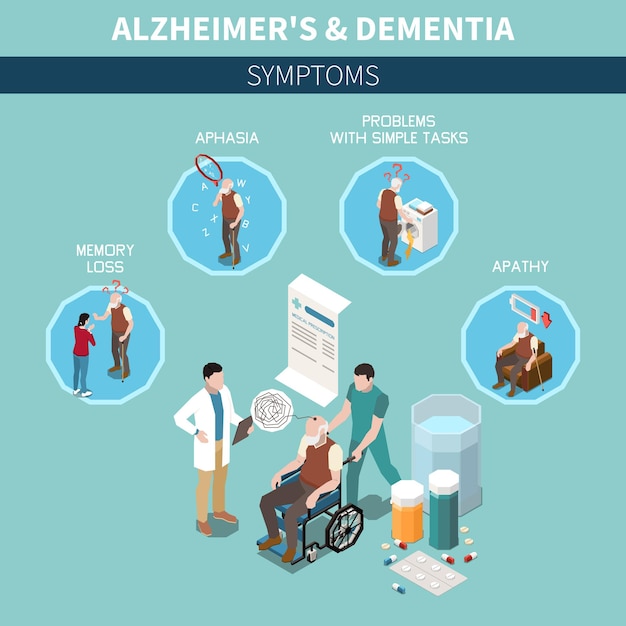
Cholera is a serious disease caused by bacteria usually found in contaminated water. In severe cases, it leads to extreme diarrhea and dehydration, which can cause death within hours if not treated promptly. Even healthy individuals can catch cholera after exposure to contaminated water.
Cholera outbreaks used to be common during times when clean water and proper sewage systems were scarce, especially in the 1800s in the U.S. However, with the development of modern water treatment and sewage systems, cholera has been nearly eliminated in countries with these advancements. Today, the U.S. reports around ten cases a year, mostly contracted by travelers to underdeveloped regions. Cholera remains a significant problem in parts of Asia, Africa, Latin America, and the Middle East, where natural disasters, wars, and poverty increase the risk due to overcrowded living conditions and poor sanitation.
Cholera, though dangerous, is treatable. Rehydration solutions, which are simple and inexpensive, can effectively prevent severe outcomes. Travelers to regions with an active cholera risk—such as areas with poor sanitation, overcrowding, or natural disasters—should watch what they eat and drink to avoid infection.
**Causes**
Cholera is caused by a bacterium called *Vibrio cholera*. When this bacterium releases toxins in the small intestine, it disrupts the body’s normal salt and water balance, leading to rapid fluid loss and severe diarrhea. Contaminated water is the primary culprit, but undercooked or raw foods like fruit, vegetables, and seafood can also carry the bacteria. Public wells, ponds, or overcrowded areas with inadequate sanitation are typical sources of contamination.
In cholera-affected areas, items like cooked grains (e.g., rice, millet) left at room temperature can become a breeding ground for the bacteria. While cholera usually isn’t spread through casual contact, the stool of an infected person can contaminate food and water supplies, making others sick.
**Symptoms**
In most cases, people infected with cholera show no symptoms. However, they can still carry the bacteria for one to two weeks, spreading it through their stool. For those who do get sick, symptoms typically appear within two to three days and range from mild diarrhea to severe dehydration.
Common symptoms include:
– Diarrhea
– Nausea and vomiting
– Dehydration
Severe dehydration can lead to complications like dry mouth, extreme thirst, sunken eyes, low blood pressure, muscle cramps, and irregular heartbeats. If untreated, these symptoms can escalate, causing electrolyte imbalances, shock, or even death. Children may develop additional symptoms like fever, drowsiness, or convulsions.
**Risk Factors**
While everyone is at risk of cholera in contaminated areas, some factors increase susceptibility:
– **Living in areas with poor sanitation:** Refugee camps, war-affected regions, and impoverished areas are at higher risk due to limited access to safe water and sanitation.
– **Low stomach acid levels:** Stomach acid helps protect against bacteria, so individuals with reduced acid levels (e.g., children, older adults, or those on antacid medications) are at greater risk.
– **Proximity to infected individuals:** Living with someone who has cholera raises the likelihood of infection.
– **Type O blood:** For reasons not entirely understood, people with type O blood are more vulnerable to severe cholera.
– **Eating raw or undercooked shellfish:** Shellfish from contaminated waters can harbor the bacteria, especially if eaten raw or only partially cooked.
**Complications**
If untreated, cholera can lead to life-threatening complications. Rapid fluid and electrolyte loss can cause death within hours in severe cases. Common complications include:
– **Kidney failure:** The kidneys lose their ability to filter waste effectively.
– **Low blood sugar:** Especially in children, this can lead to seizures, unconsciousness, or death.
– **Low potassium levels:** The loss of essential minerals can interfere with heart and nerve functions, increasing fatality risks.
**Diagnosis and Treatment**
If you notice cholera symptoms, contact a doctor immediately. Diagnosis is usually confirmed through a stool test to identify the bacteria. Treatment primarily focuses on replacing lost fluids and electrolytes. Oral rehydration solutions (ORS) and, in severe cases, intravenous fluids are key to recovery. ORS packets are affordable and widely available, but a homemade version using boiled water, sugar, and salt can also help in emergencies.
Doctors may also use antibiotics to reduce the severity and duration of symptoms, though they’re not given universally due to concerns about antibiotic resistance. Anti-diarrheal medicines are avoided, as they prevent the bacteria from being flushed out of the body. With timely treatment, cholera’s fatality rate is only about 1%.
**Prevention**
Cholera is rare in countries with modern sanitation systems, but travelers to high-risk areas should take precautions:
– **Drink only safe water:** Use bottled, purified, or boiled water for drinking, brushing your teeth, and rinsing foods. Avoid ice unless you know it’s made from clean water.
– **Wash your hands often:** Use soap and water or alcohol-based sanitizers, especially before eating.
– **Eat only safe foods:** Stick to hot, fully-cooked meals, and fruits or vegetables you peel yourself. Avoid raw or undercooked seafood and street food.
**Cholera Vaccine**
The U.S. has an oral cholera vaccine, Vaxchora, available for adults traveling to high-risk areas. It’s a single dose taken at least ten days before travel. Cholera vaccines exist in other countries as well, but they don’t provide complete protection, so following proper precautions remains essential.
Awareness and proactive measures go a long way in minimizing the risk of cholera infection, even when traveling to regions with active outbreaks.